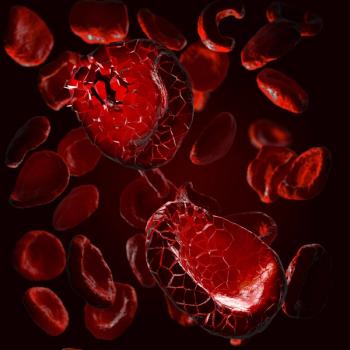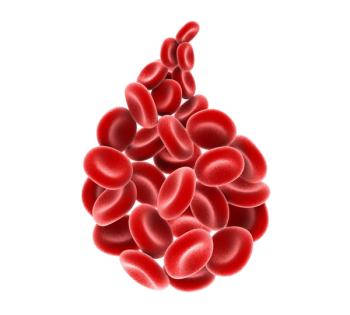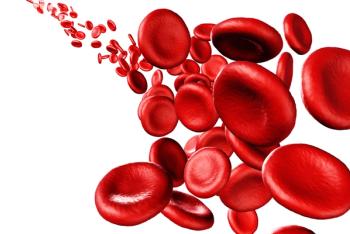
- ONCOLOGY Vol 10 No 11
- Volume 10
- Issue 11
New Drug Treatment Discovered for CML
Leukemia Society of America (LSA) scientist Dr. Brian Druker has described a drug that may be useful for combatting chronic myelogenous leukemia (CML). The new drug may be able to target leukemia cells, a much sought-after approach to cancer treatment.
Leukemia Society of America (LSA) scientist Dr. Brian Druker hasdescribed a drug that may be useful for combatting chronic myelogenousleukemia (CML). The new drug may be able to target leukemia cells,a much sought-after approach to cancer treatment.
In CML, chromosomes 9 and 22 exchange segments and form a faultygene called BCR-ABL that produces an abnormal protein. The protein,an elongated tyrosine kinase, is thought to cause leukemia. Dr.Druker and his collaborators designed a drug that inhibits theactivity of the protein product of the abnormal gene. The drug,a tyrosine kinase inhibitor, suppresses the activity of the abnormalprotein in leukemia cells in laboratory cultures and in mice withleukemia. The drug kills the leukemia cells, but not normal cells.These findings appear in Nature Medicine [2(5):561-566,1996].
The LSA scientist plans to treat CML patients with this compoundthrough injections in the blood. He believes that the compoundwill seek out the leukemic cells with the faulty protein and destroythem. Clinical trials of the new therapy should begin this fallat the Oregon Health Sciences University.
According to Dr. Druker, "Previous treatments for CML reliedon chemotherapy and marrow transplantation. A drawback of standardchemotherapy treatment is that it damages healthy blood cells.Only a minority of patients can currently be helped by marrowtransplantation because patients either do not have a suitabledonor or are too old for the procedure, so new therapies are crucial."
Dr. Druker and his team are also investigating use of the drugto purge the marrow of leukemia cells in selected patients. Physiciansfirst remove marrow from CML patients and treat the marrow cellswith the compound. They then reinfuse the treated marrow cellsinto patients and the cells reconstitute themselves, restoringblood cell production.
Chronic myelogenous leukemia affects about 6,000 Americans annually,according to National Cancer Institute estimates. Developmentof the new drug may have far-reaching implications for patientswith other cancers linked to genetic abnormalities, such as breastand colon cancer, said Dr. Druker.
Adapted from Newsline, Summer 1996
Articles in this issue
about 29 years ago
Newly Cloned Gene Studied for Possible Role in Breast Cancerabout 29 years ago
Sphincter-Preserving Operations for Rectal Cancerabout 29 years ago
Purging Technique Increases Survival in Autologous BMT Patientsabout 29 years ago
Sphincter-Preserving Operations for Rectal Cancerabout 29 years ago
Vaccine Boosts Immune System to Kill Brain Tumor CellsNewsletter
Stay up to date on recent advances in the multidisciplinary approach to cancer.

















































































